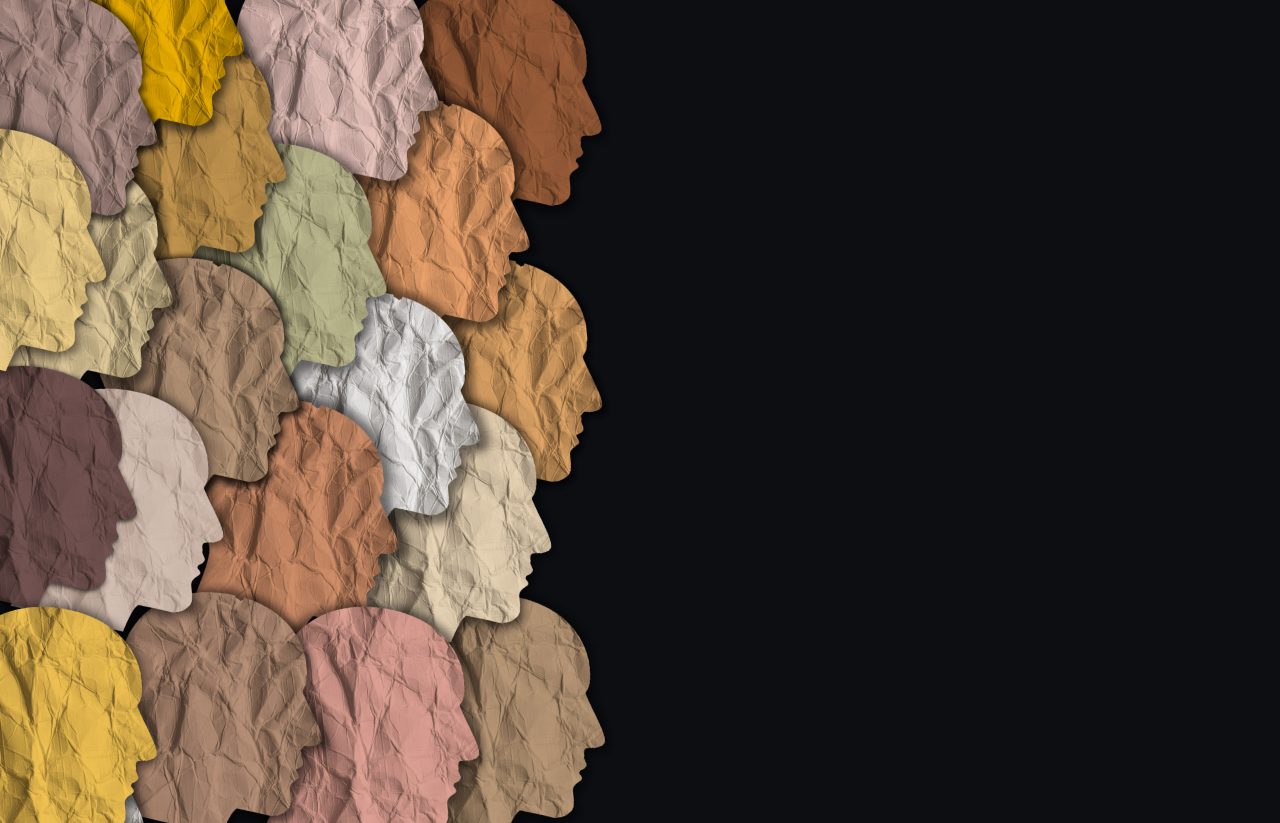Propaganda: what can we trust?
It is said that the first casualty of war is truth, because who is really telling the truth - is it those attacking or those who are defending themselves? Can we actually believe anything at all? If so, how do we know what that is? In every war, there is propaganda used, but what exactly is it?

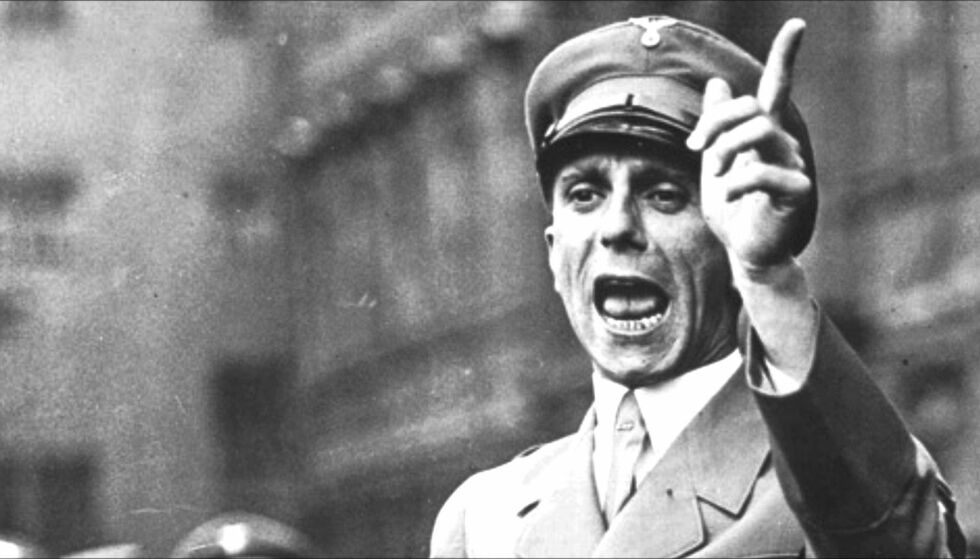
The first victim of war is truth
Truth is the first victim in a war. How can you know if someone is really telling the truth? Are they attacking someone or maybe defending themselves? Can we believe anything at all, and how can we know? Propaganda is used in all wars. But what is it?
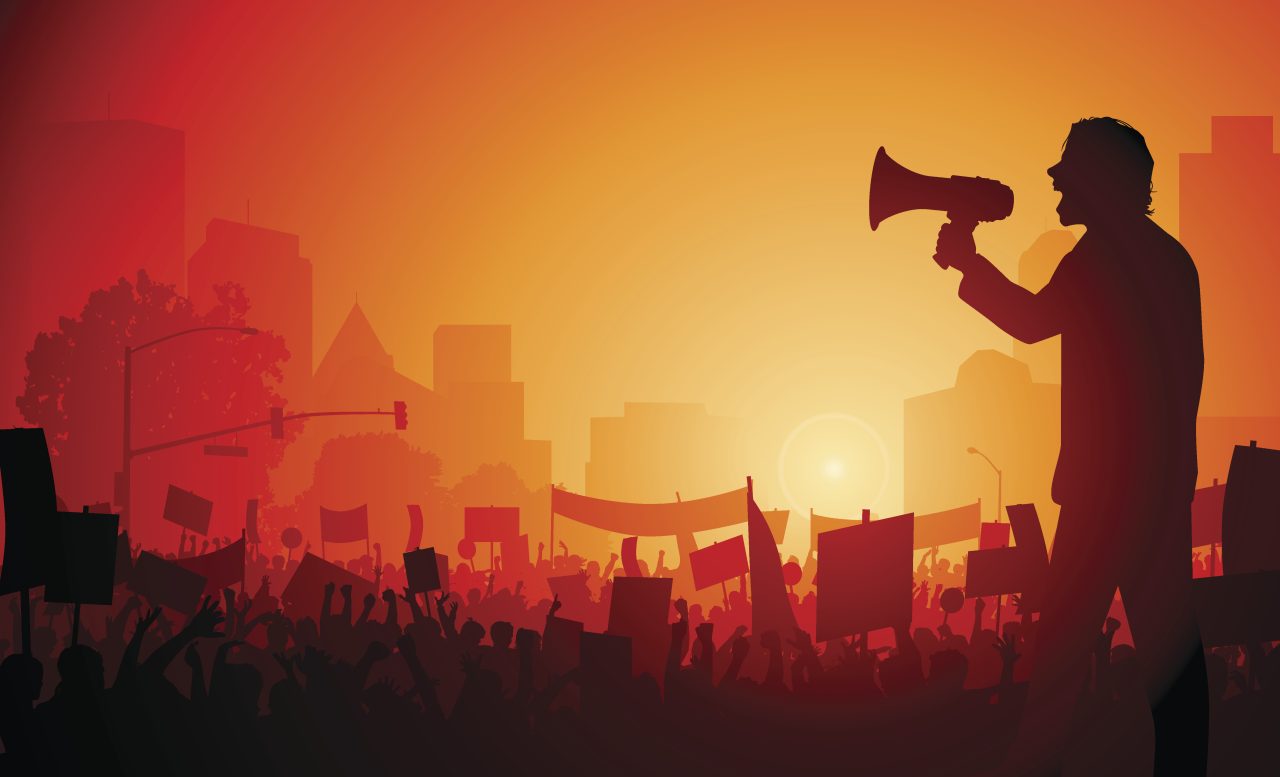
En mann står med en ropert og leder en demonstrasjon.
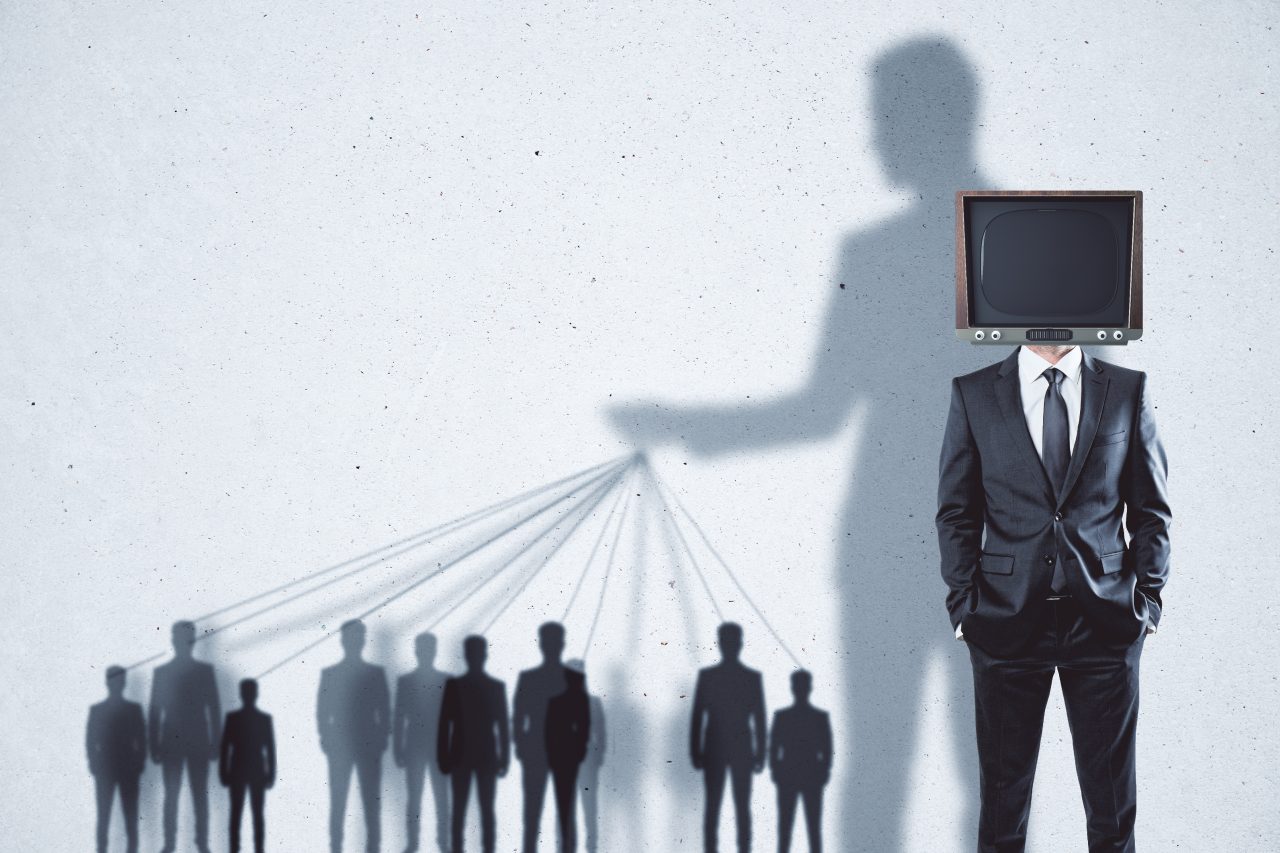
En skygge av en person står bak et TV-apparat og holder fiktive seere fast med tråder.
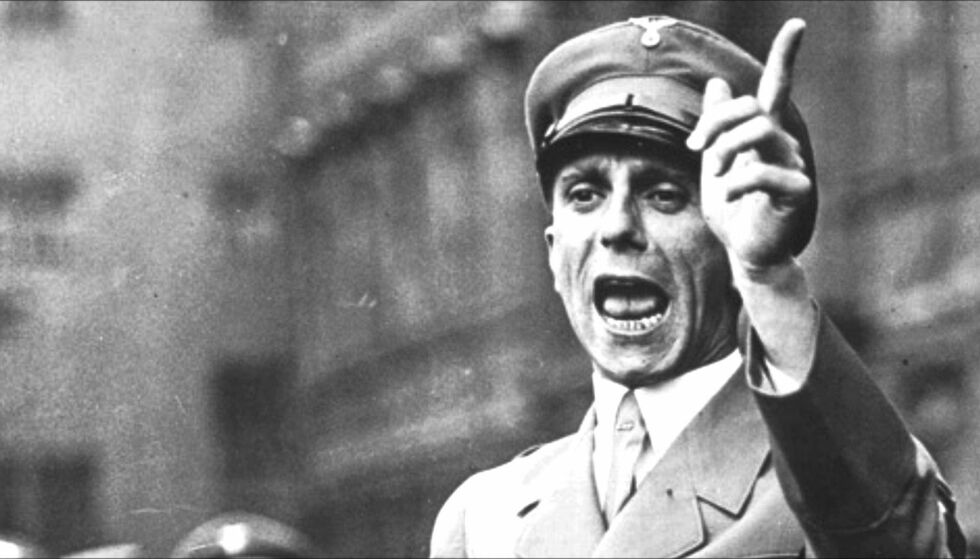
Nazistenes propagandaminister, Joseph Goebbels, holder tale.
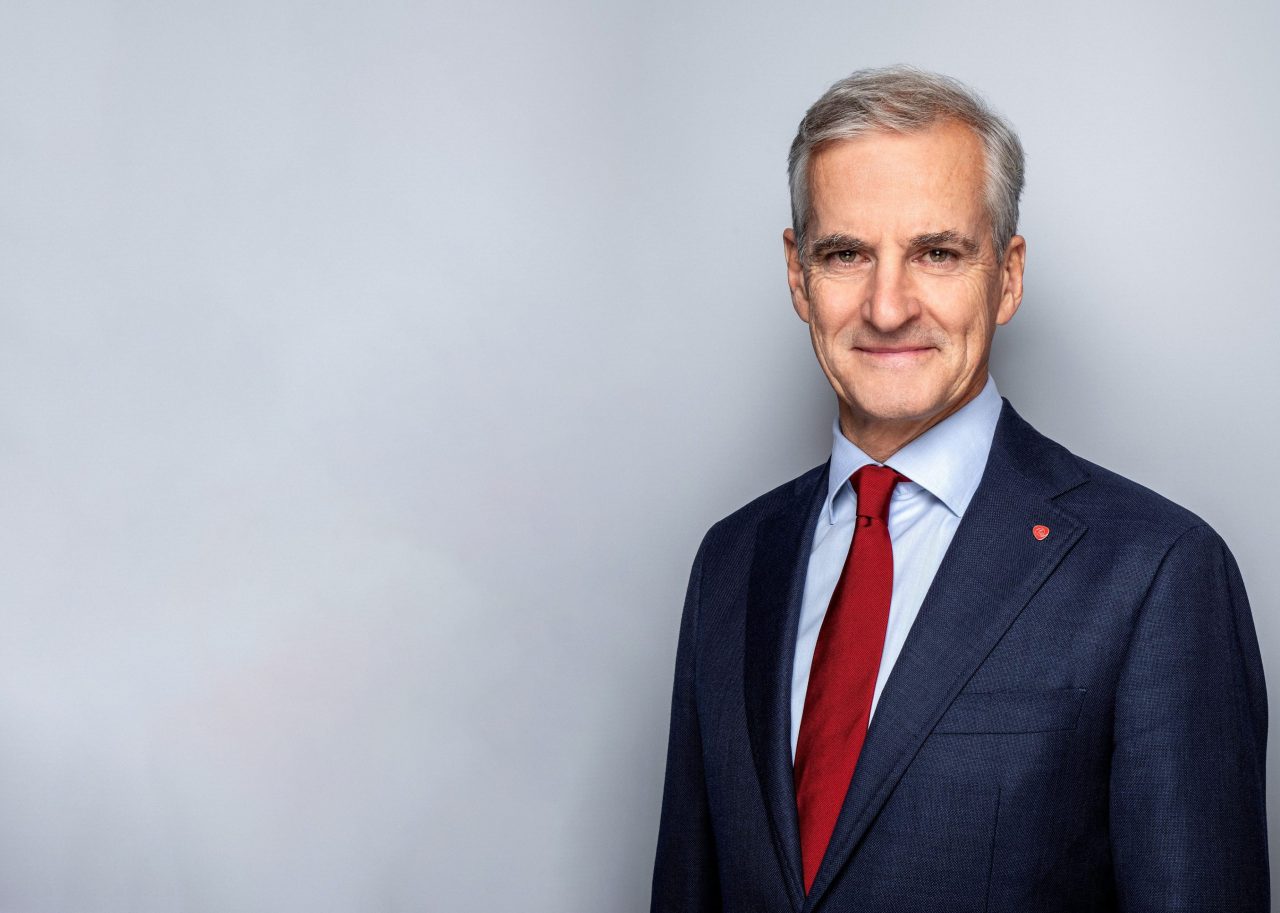
Portrett av Jonas Gahr Støre
Taking advantage of people’s feelings
Example 1
Propaganda will often take advantage of our feelings. We are influenced by people who mock others, have outbursts, or use strong emotions to get their message through. When Adolf Hitler delivered a speech, he was quite often angry, and people became afraid to disagree with him.
📷 Adolf Hitler i Weimar in 1933.
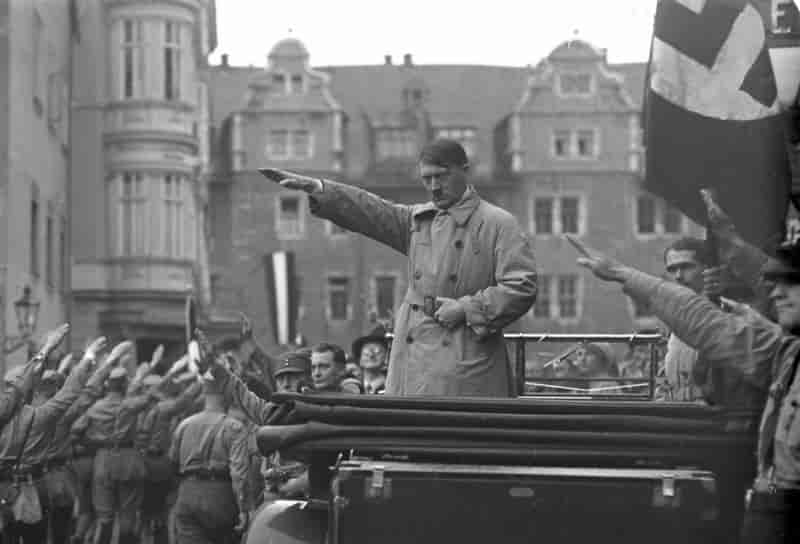
Adolf Hitler i Weimar 1933.
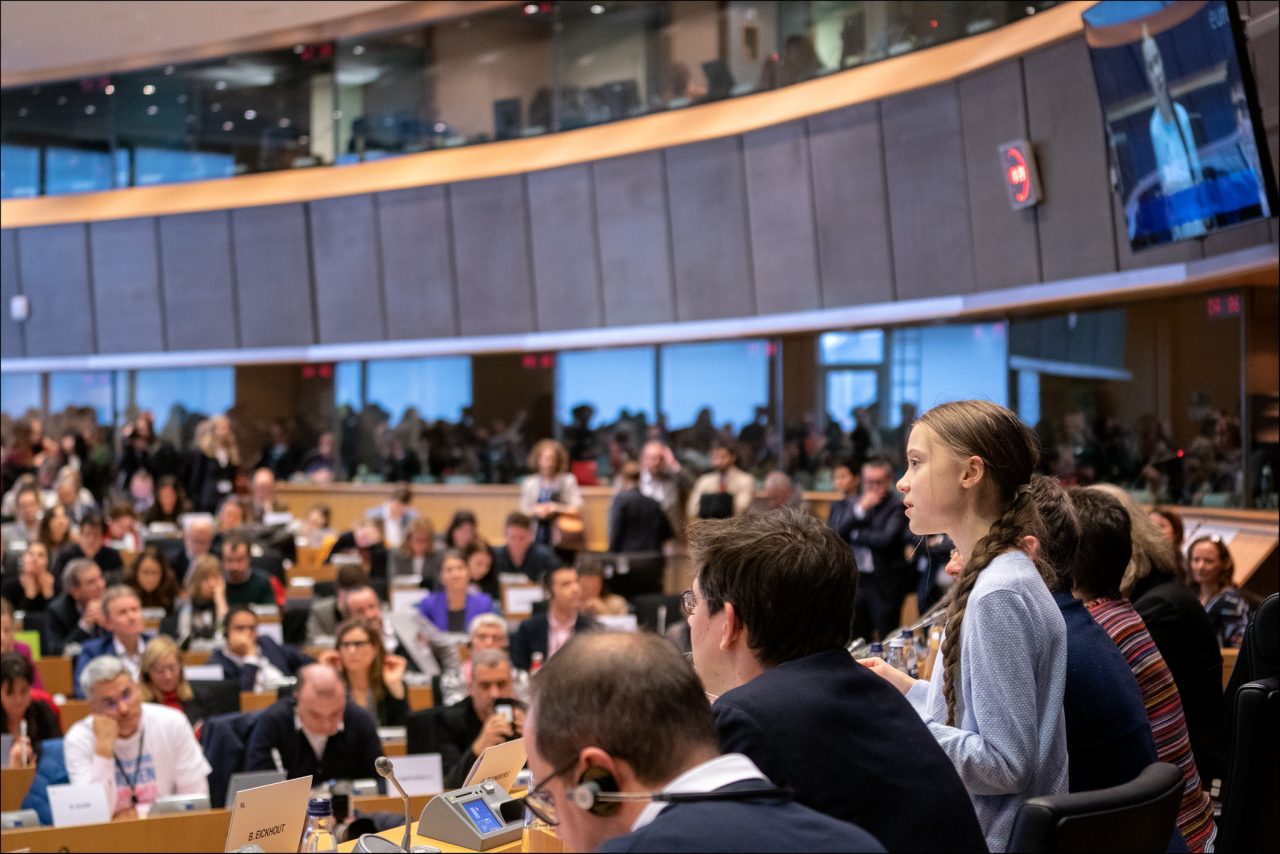
Trust and credibility
If we trust someone, we will believe most of what that person says and does. Who do you trust? Most people in Norway trust the King. Most people will trust him when he makes a speech.
Many people also have faith in Jens Stoltenberg, the former secretary general of NATO. When he speaks, people trust what he says. He is prepared and sounds believable in his speeches.
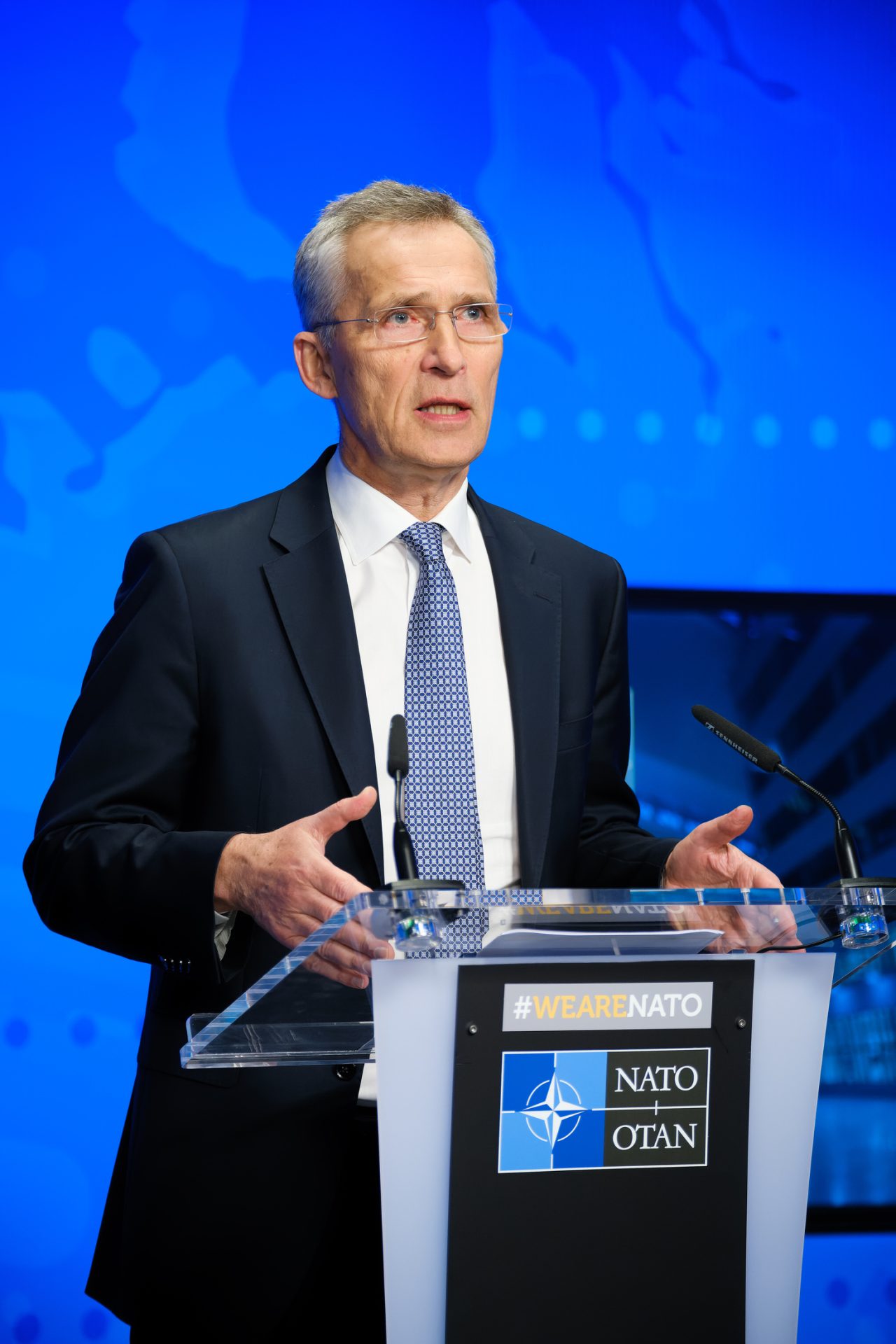
Natos generalsekretær Jens Stoltenberg (2022).

Stortinget i Oslo i 1940 med hakekorsflagg og stort banner med tysk tekst.
Example 2
During the war between Russia and Ukraine, a deepfake video was spread on social media. This was a fake video of the Ukrainian president. His face has been manipulated, and it is not his voice. No one knows who made the video. It created confusion, is it real or is it fake? Is this Russian propaganda?

Bombet skolebygning i Ukraina
Sources:
- VG (21. mars 2022): Slik ses krigen fra Russland: − Det er Washington som har skylden
https://www.vg.no/nyheter/utenriks/i/mrnmRq/slik-ses-krigen-fra-russland-det-er-washington-som-har-skylden
- Dagsavisen (21. mars 2022): Norske artister hever stemmen mot rasismen
https://www.dagsavisen.no/kultur/2021/06/04/norske-artister-hever-stemmen-mot-rasismen/
- BI (21. mars 2022): Slik avslører du propaganda
https://www.bi.no/forskning/business-review/articles/2017/06/slik-avslorer-du-propaganda/
- Svendsen, Lars Fredrik Händler; Grue, Jan: retorikk i Store norske leksikon på snl.no.
Hentet 21. mars 2022 fra https://snl.no/retorikk
- Elden, John Christian; Mæhlum, Lars: sensur i Store norske leksikon på snl.no.
Hentet 21. mars 2022 fra https://snl.no/sensur
- Wikipedia (21. mars 2022): Propaganda
https://no.wikipedia.org/wiki/Propaganda
- Skirbekk, Sigurd: propaganda i Store norske leksikon på snl.no.
Hentet 21. mars 2022 fra https://snl.no/propaganda
Media Rights:
-
-
Getty Images
-
Getty Images
-
Deutsches Bundesarchiv
-
Getty Images / Bruce Springsteen – YouTube
-
NTB / Statsministerens kontor
-
Deutsches Bundesarchiv
-
European Parliament (CC BY 2.0) / Guardian News – YouTube
-
NATO
-
Stortingsarkivet
-
Getty Images / The Telegraph – YouTube
-
Getty Images
-


